
Nishiarai Daishi (西新井大師), known formally as Sojiji (総持寺), is a relatively large Shingon Buddhist temple located in the northeastern part of Tokyo.
It is said to have been founded in 826 by Shingon Sect founder Kukai.
This temple of the Buzan sect of Shingon Buddhism, formally known as Gochisan Henjoin Soji-ji, is famous for its rings and amulets that are said to help people find love.
The area is known for its festivals for the New Year including its “Daruma Kuyo” event in February.
Here are some videos I shared with people live on Facebook:
The main temple is the Dai-Hondo and the main hall is dedicated to Kannon Bosatsu, a Buddhist divinity of mercy. The temple was reconstructed in 1971 with concrete after it was destroyed by fire.
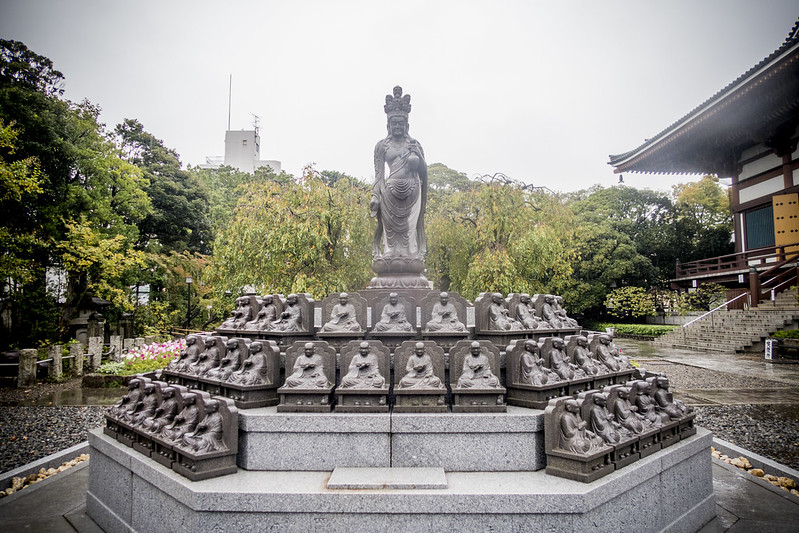
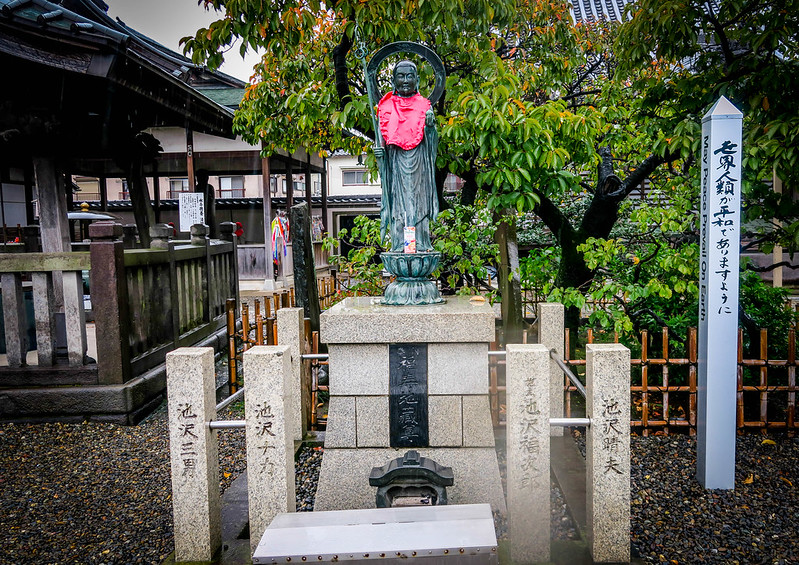
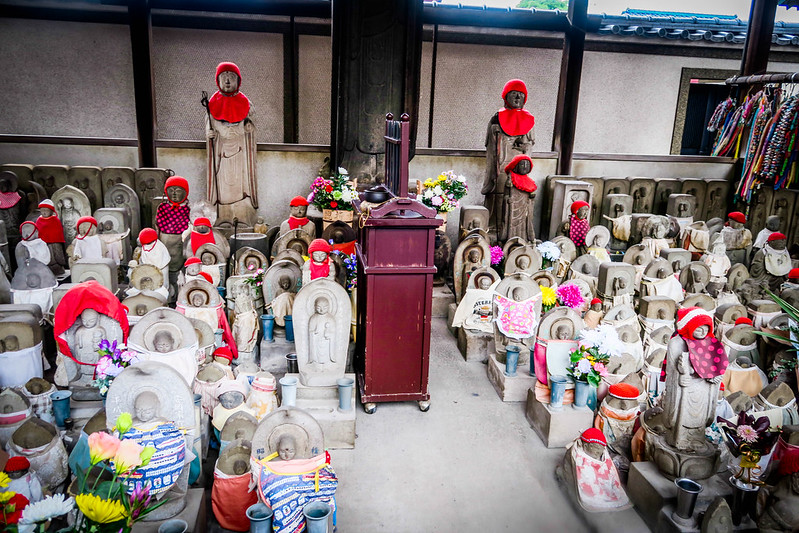


Sankodo was created in 1834 and modified largely in 1884. There were 13 Buddha, five bishops and 25 bodhisattva inside the Sankodo.
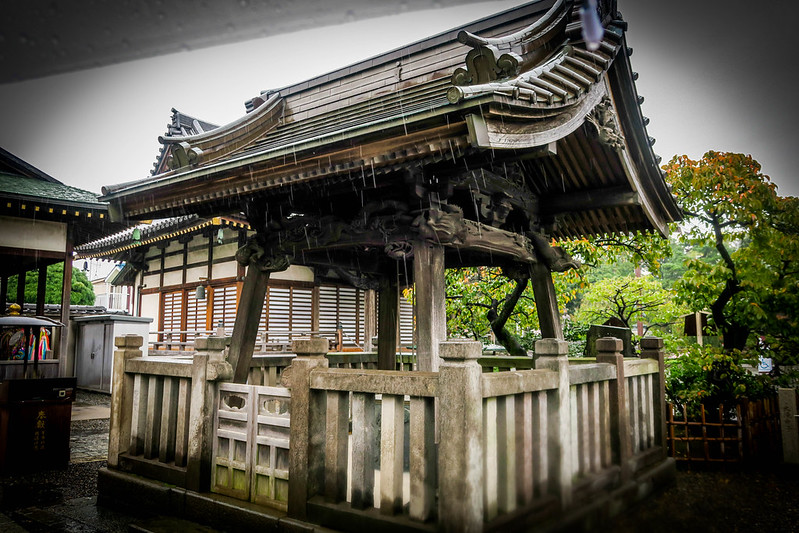

Oku-no-in is an area which imitated the graveyard of Shingon sect founder Kōbō-Daishi (Kukai) located in Koyasan, Wakayama Prefecture.
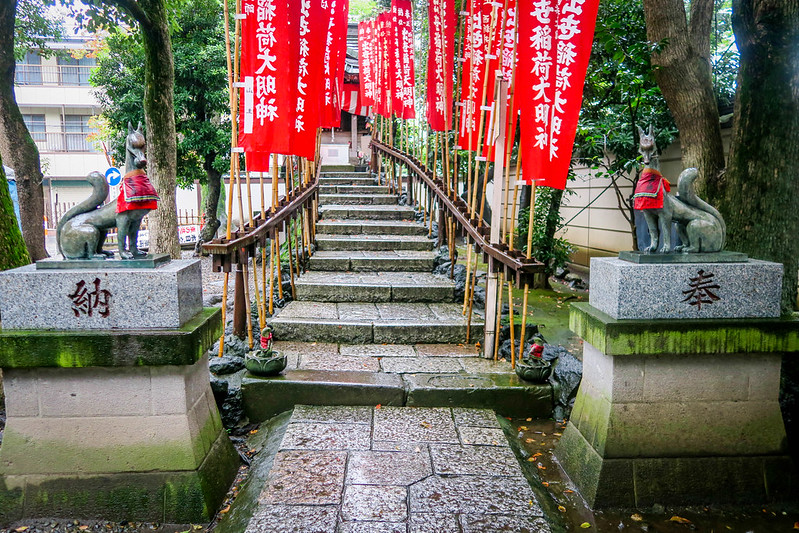


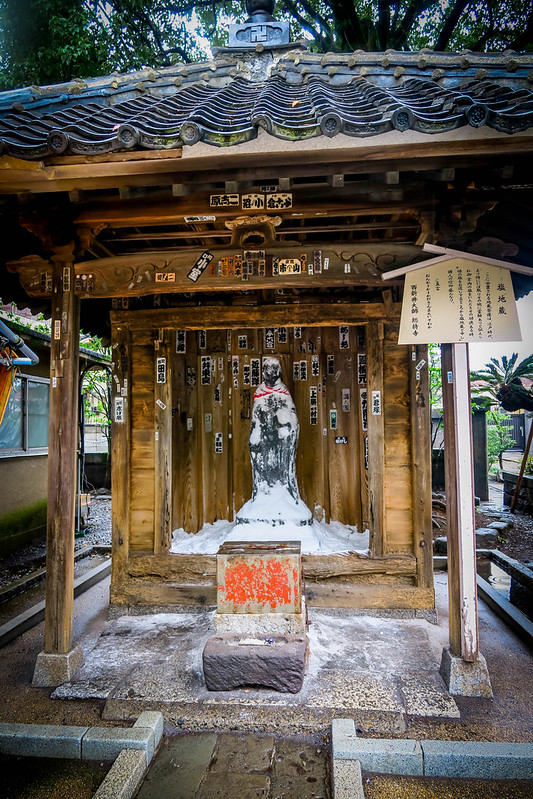
Shio Jizo is a stone statue of Jizo Bosatsu covered with salt. According to the temple, it is said that the statue helps remove the warts of prayers. You take a little bit of the salt from here when praying, and if the warts disappeared, you would offer twice the amount of the salt you took from Shio Jizo.
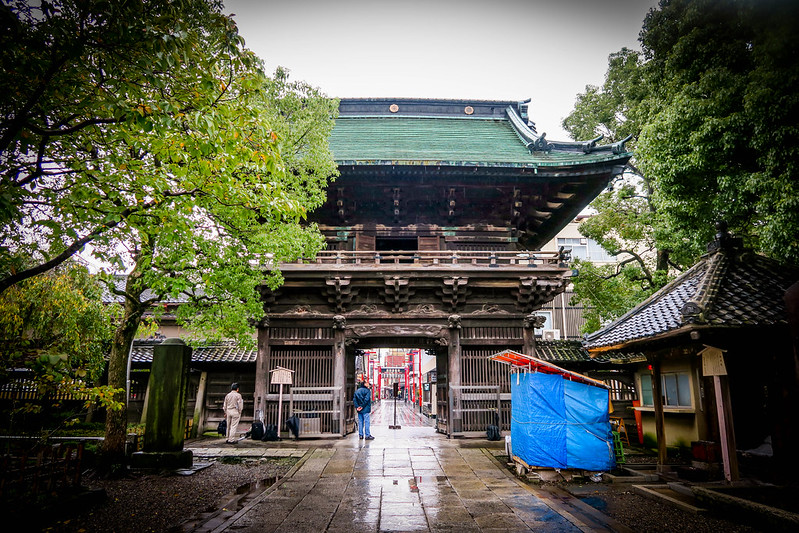
Sanmon is the main gate of the temple. It was erected in the 19th century.
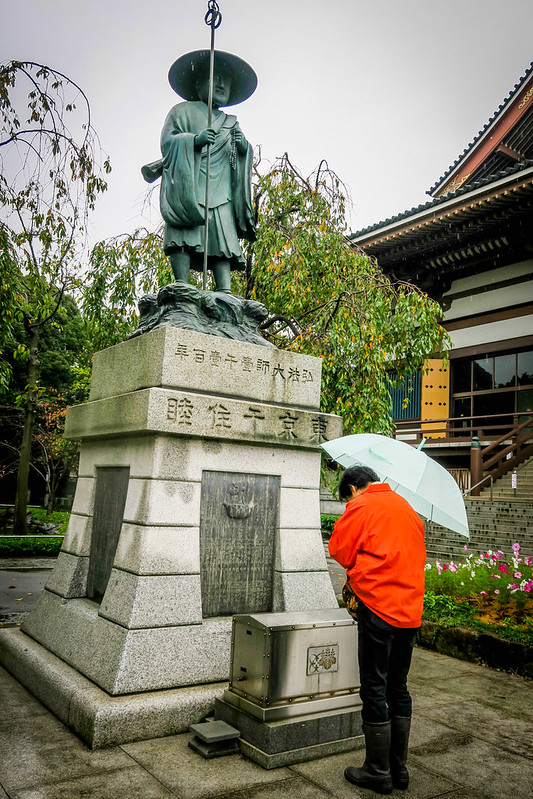
The following statue is of Kobo Daishi. According to Wikipedia:
Kūkai, also known posthumously as Kōbō-Daishi, 774–835, was a Japanese Buddhist monk, civil servant, scholar, poet, and artist who founded the Shingon or “True Word” school of Buddhism.
Kūkai is famous as a calligrapher and engineer. Among the many achievements attributed to him is the invention of the kana, the syllabary with which, in combination with Chinese characters (kanji), the Japanese language is written to this day. Also according to tradition, the Iroha, which uses every phonetic kana syllable just once and is one of the most famous poems in Japanese, is attributed to him but again, this is a popular belief and nowhere attested to. His religious writings, some fifty works, expound the Esoteric Shingon doctrine.
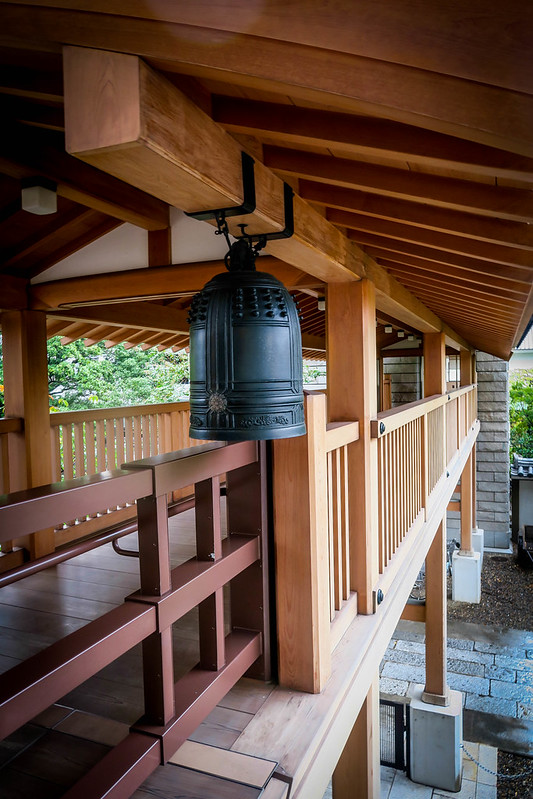
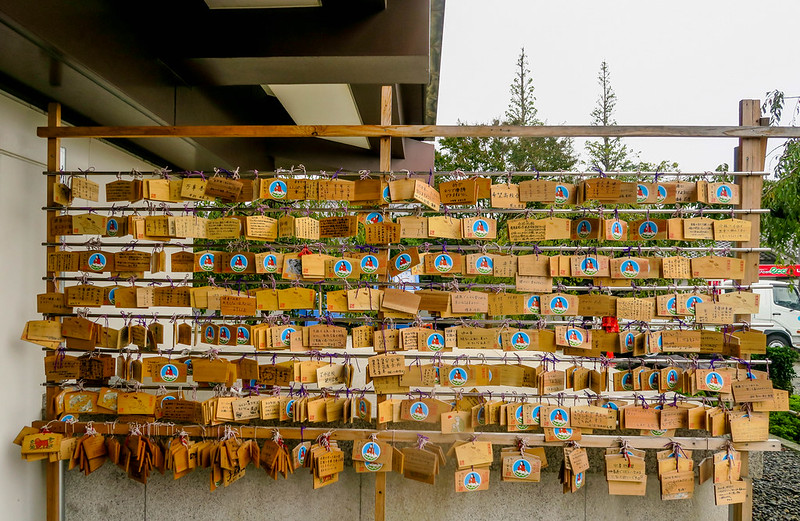

The Fudodo is dedicated to Fudo Myoo, a mighty Buddhist deity who destroys evil with force and fire.
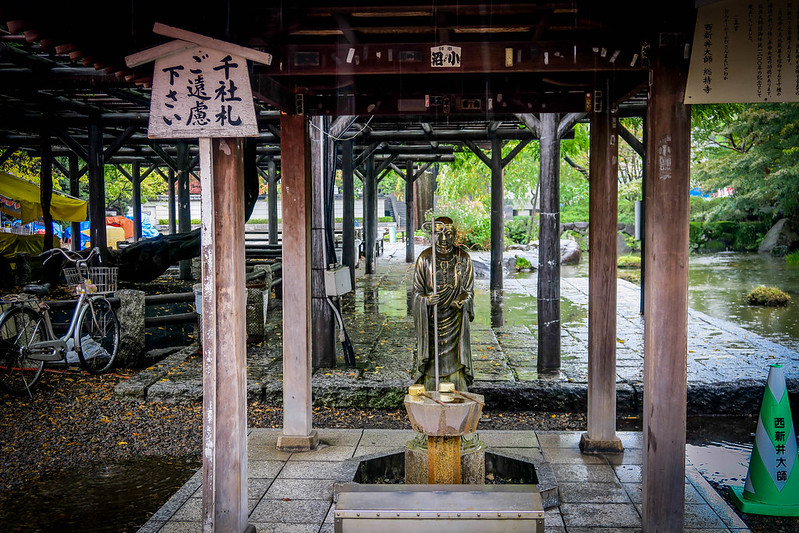
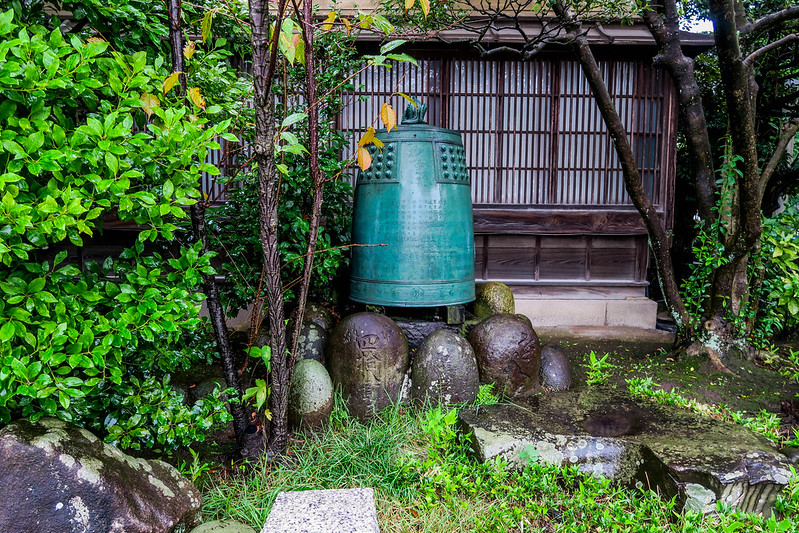
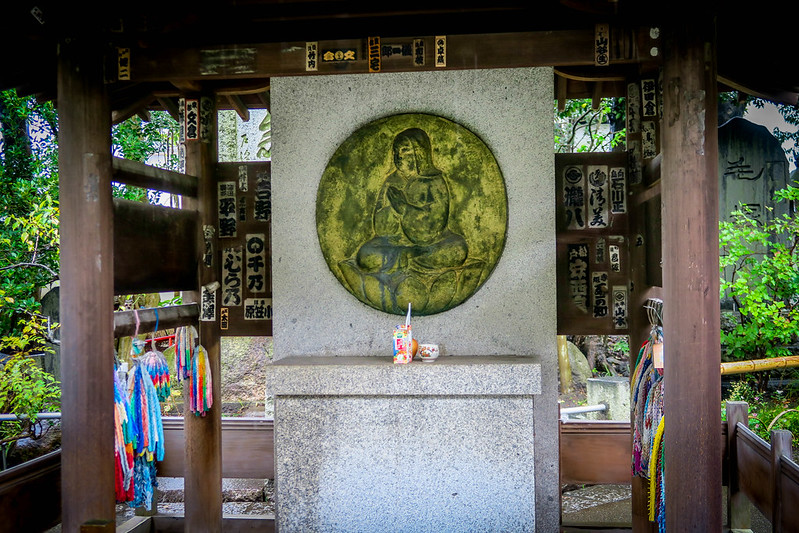

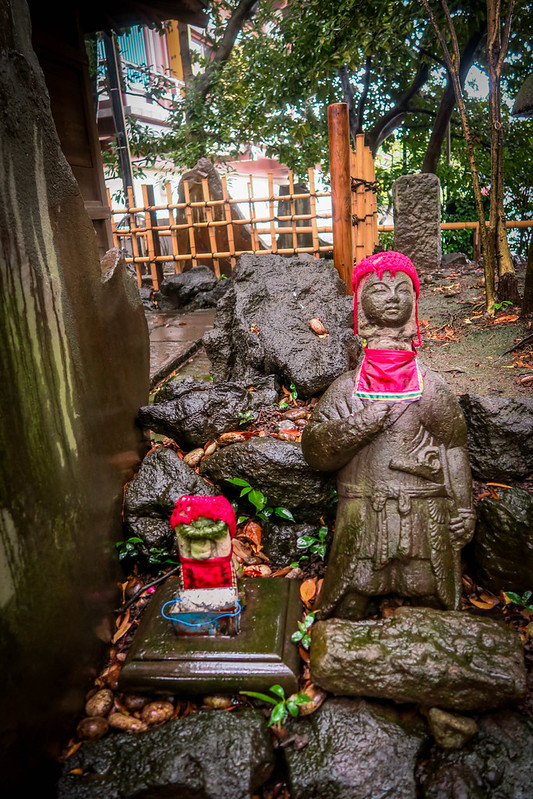
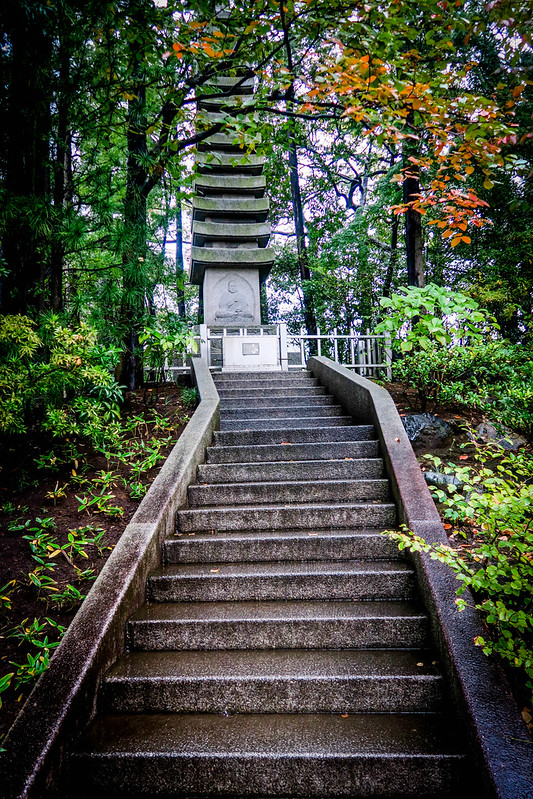
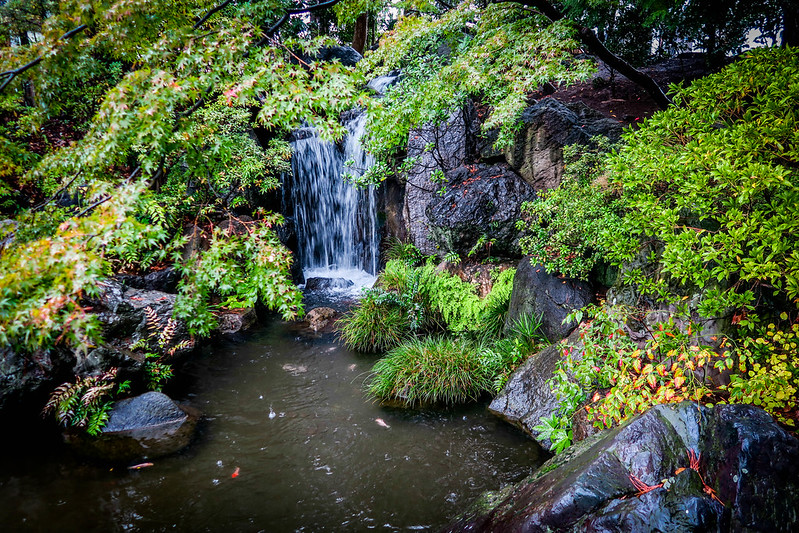
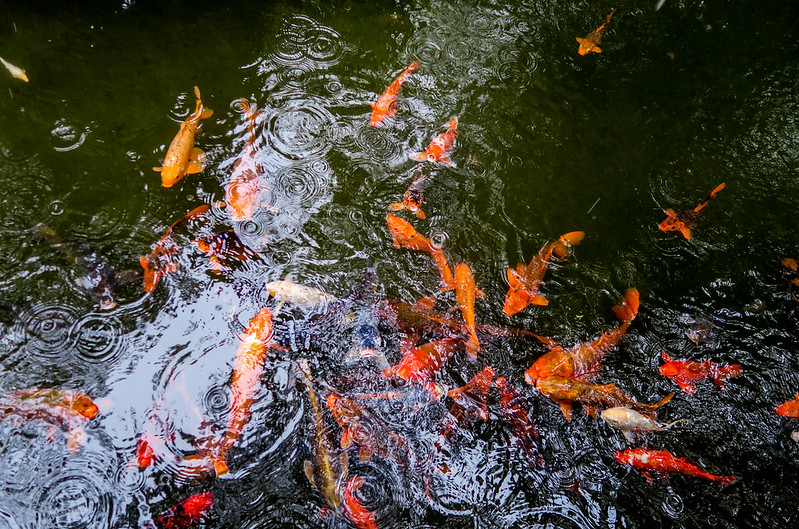
If you are ever planning to visit Nishiarai Daishi in Adachi, I highly recommend visiting this temple. It’s one of the best temples I have visited in Tokyo and also not too crowded that you can explore so many areas without worrying about a large crowd of people. And great for photo opportunities.
Unfortunately, the day I went to Nishiarai Daishi, the weather was not great, it was freezing cold and heavy rain. But with that, I look at the moment of opportunity to get as many photos as I can considering the weather.
I traveled and arrived at Kohoku Station in order to see the Kohuku temple next door and then walked the 20 minutes northwest to get to Nishiarai Daishi in Adachi.
When I left, I took Nishi Arai station next door (there is another temple next to Nishiarai Daishi and the station).
But I absolutely loved my time at Nishiarai Daishi. Despite the weather conditions for my experience, I can tell already that those who go to this temple during sunny conditions or for a festival, will no doubt enjoy their time. It’s a beautiful temple and an area that offers so much! It was a great experience!
